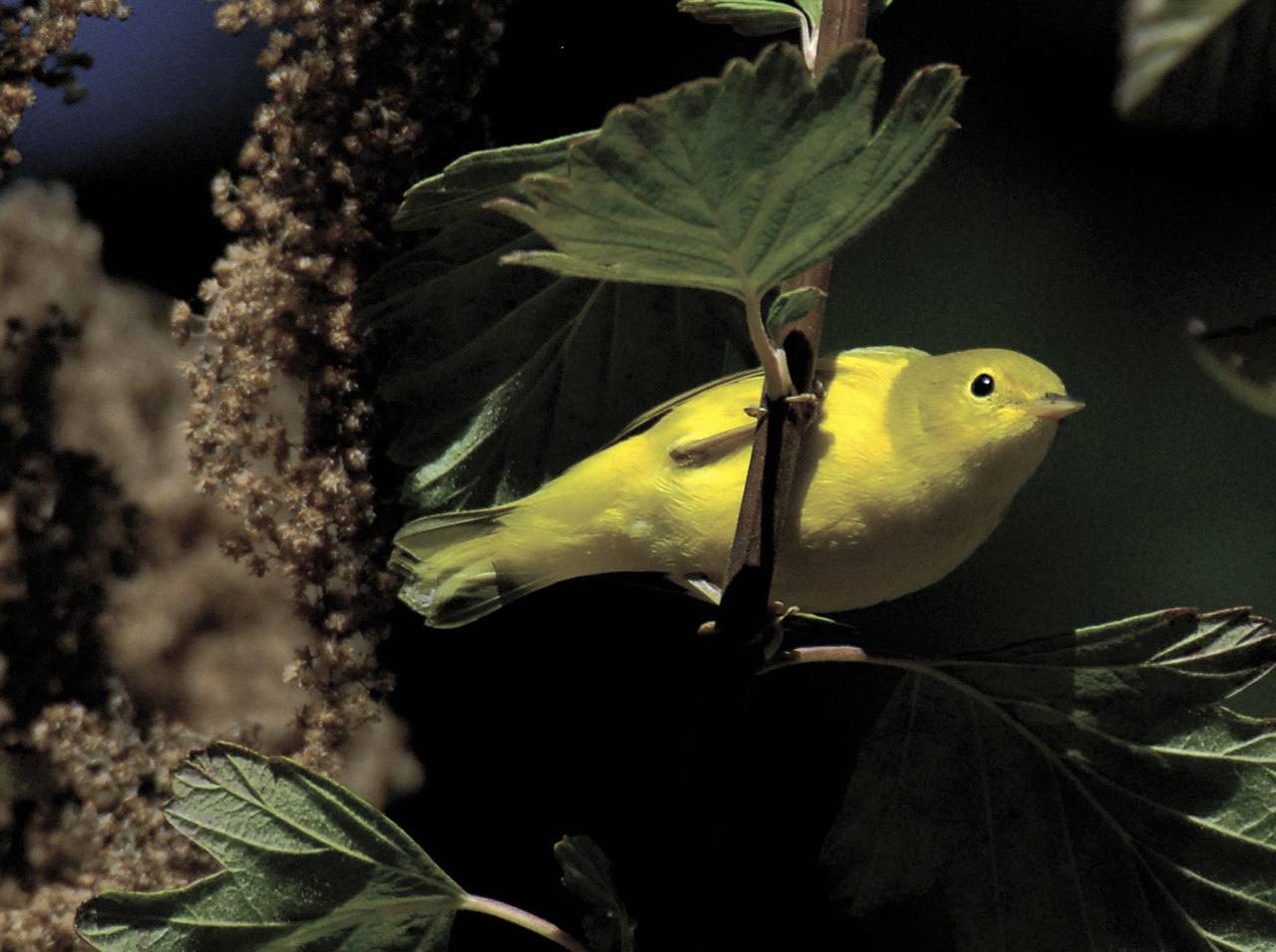I don’t need to tell you it’s been a cold beginning to 2017.
In some cases, cold weather brings our wild birds closer. They seek the cover of our structures and the warmth that escapes from our homes. They crowd into bird feeders for easy pickings.
I remember the first good sighting I had of a ruby-crowned kinglet was on a cold morning with snow on the ground. Years ago, I was walking under an outdoor covered walkway to my classroom when I practically stepped on the tiny creature, scratching for seeds in the snow-free pathway. Alarmed, it flashed its crimson crown feathers, which sparkled like a jewel.
During this time of year brightly colored warblers, tanagers and orioles might help to lift our spirits, but they are enjoying the warm weather down south, just like some other snow birds I know. Some of the birds that do remain have molted into their dull, non-breeding plumage. For example, our bright yellow and black American goldfinches are now masquerading as dull, gray finches.
The dark days shouldn’t help focus our attention on the plumage of birds, but somehow it does. One species that always looks brighter to me in the winter is the Steller’s jay. That sassy, cobalt blue dandy crashes the sparrow and junco party at our seed feeders and sends all the smaller birds away. Yet, I forgive him given the splash of color he brings to our dull days.
The red swatch on the heads of our downy and hairy woodpeckers radiates color against the rest of their black and white plumage. And the yellow-bellied sapsucker’s watermelon red head catches my attention when it alights on the trunk of our white-barked birches.
Many of our dabbling ducks have already molted into their breeding plumage, so they are as bright and shiny now as at any other time of the year. Even our ho-hum mallards draw attention with their iridescent green heads, lemon yellow bills and feet as orange as caution cones.
But my favorite part of winter birding is coming across mixed flocks of local resident species. These flocks might have a few chickadees, both chestnut-backed and black-capped, a red-breasted nuthatch or two, some ruby-crowned or golden-crowned kinglets and maybe a downy woodpecker.
The group flits through low branches of alder trees, drops to an ocean spray bush, then disappears into a thick Douglas fir, all the time gleaning insect eggs, tiny gnats and snatching whatever looks appetizing. The loose group stays together with soft chirps and enjoys a kind of symbiotic relationship, some species pointing the way to food sources while other species are more skilled at watching for predators.
This make-shift community reminds me of how we humans work best in teams or groups. Each using our own skills and respecting the abilities of others, with gentle communication to keep us moving forward together.
A discussion of winter birding wouldn’t be complete without pointing out the world-class opportunities we have to see wintering snowgeese and swans up at the Skagit Flats. These fascinating big white birds gather in small (family) groups or very large flocks of thousands of birds to spend the winter poking for roots and other vegetation on fallow fields. When they take to the air, a white cloud of energy lifts skyward and fills the space with black-tipped, snowy wings and endless cackling.
Take advantage of a break in our showers and visit one of our many waterfront parks to look for wintering waterfowl. Deer Lagoon is my favorite this time of year. While there, poke around for some promising signs of coming spring such as pussy willow and salmonberry buds and freshly plumed ducks.



